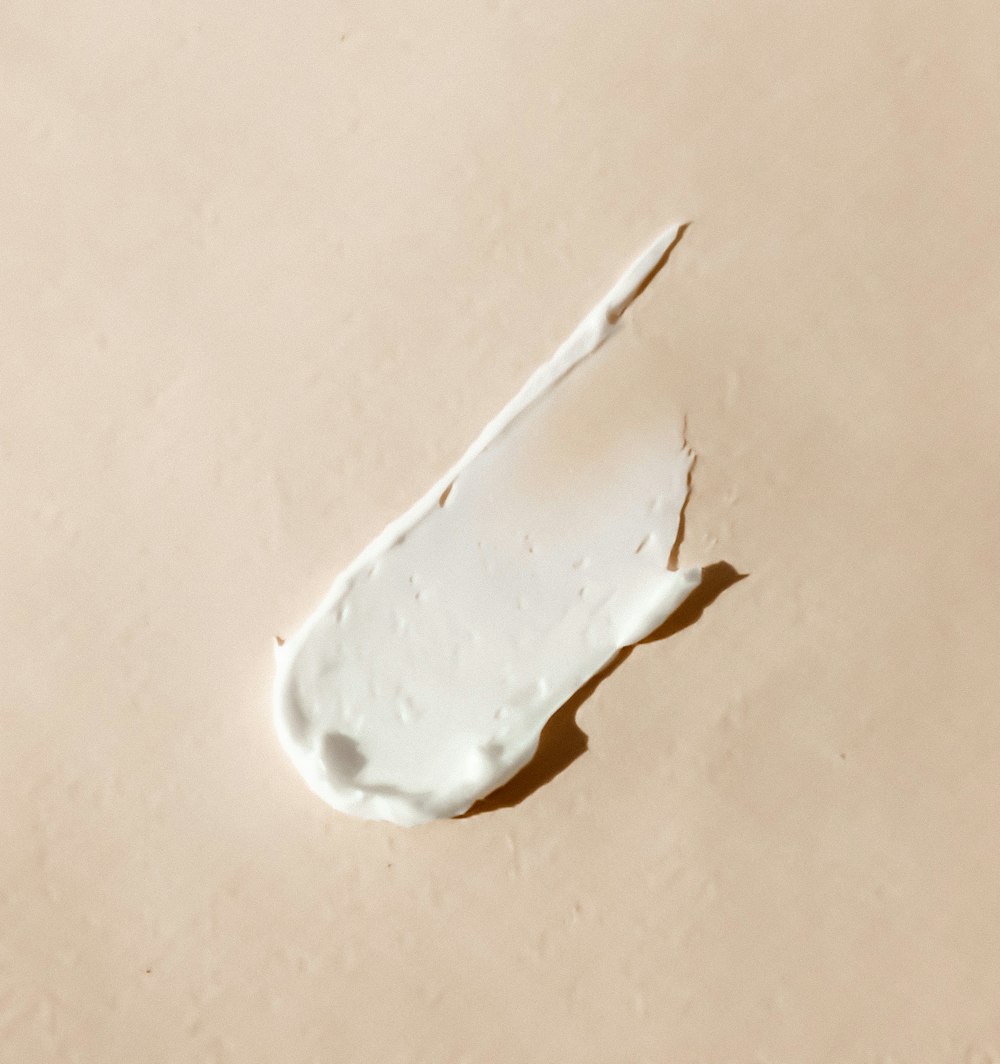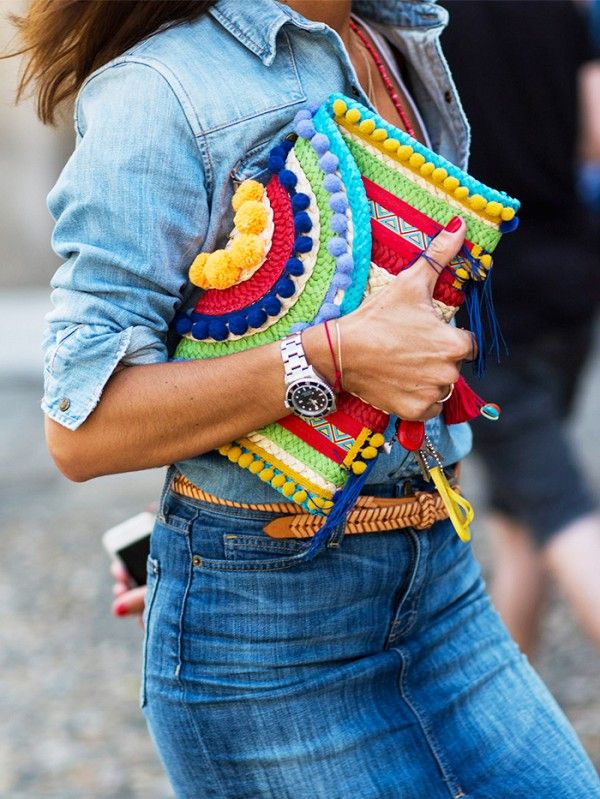
Close up studio shot of a beautiful brunette woman with glowing skin. Holding hands near her face.
The skin is the largest organ of the human body, with numerous functions. It is our first line of protection against microorganisms, helps regulate our body temperature, and provides a protective shield against the elements of nature, including sunlight.
The function of the skin as a shield means that it is significantly impacted by the harmful effects of sunlight, especially among people who live in temperate regions. The sun’s ultraviolet rays have been reported to be responsible for 80% of visible aging signs. This shows that sun-damaged skins are pretty common, and it is vital to know how to repair the damage.
The Sun and Your Skin
Before looking at the ways to repair sun-damaged skin, it is essential to consider how the sun damages our skin. Sun damage occurs when the sun’s ultraviolet (UV) light rays hit unprotected skin. These UV rays cause different levels of damage to skin cells, which accumulate over time. This damage occurs at a molecular level, which explains why sun-damaged skin cells are predisposed to conditions like skin cancer. It is, therefore, vital for you to protect your skin from the harmful effects of the sun.
Signs Of Sun-damage
- Sunburn
This occurs when you spend too long in the sun. It is characterized by inflamed skin that is painful and warm to the touch. When a sunburn occurs, there is usually damage to your skin on a cellular level. It can also cause skin blisters, as well as peeling. It can be severe enough to cause dizziness or sunstroke in some situations. Sunburn is often treated with products or extracts with soothing effects like THC oil and aloe vera.
- Wrinkling
This is caused by the breakdown of elastin and collagen by ultraviolet rays. Elastin and collagen are proteins responsible for keeping the skin firm and wrinkle-free.
- Rough and Dry Skin
Overexposure to the sun can cause your skin to lose moisture, leaving it rough and dry.
- Spider Veins
Spider veins or thread veins can begin to appear on your nose or cheekbone. This is caused by a reduction in collagen, which makes your skin thin and increases the visibility of veins.
- Skin Pigmentation
While healthy skins are usually even and regular, damage to the skin by the sun can affect its melanin production leading to an area of skin being lighter or darker than the surrounding skin.
- Actinic Keratoses (AK)
They are small, crusty skin lumps that commonly develop on exposed body parts like the face, ears, scalp, shoulders, forearms, and neck. They usually vary in size and can be as little as a tiny spot or as large as an inch in diameter.
- Solar lentigines
Solar lentigines, also called age or liver spots, are tiny areas of hyperpigmentation (darkness) on the skin’s surface and are more common in older people. They signify prolonged exposure to ultraviolet rays. It is more common on body parts that are usually exposed, like the face, neck, chest, and hands.
Three Simple Methods For Repairing Sun-damaged Skin
Have you noticed any of the signs of sun-damaged skin? Here are three simple methods for repairing sun-damaged skin.
Use THC Oil
Tetrahydrocannabinol (THC) is vital in the repair of sun-damaged skin. THC oil contains linolenic and α-linolenic acids, which help repair skin damaged by ultraviolet rays by boosting the elimination of melanin. This makes it especially useful in managing hyperpigmentation that results from overexposure to the sun.
THC oil is also effective after a sunburn due to its anti-inflammatory properties. It helps to moisturize the skin and protect it from future damage.
The Use Of Retinoids
Retinoids are vitamin A derivatives that are very useful in repairing sun-damaged skin. Retinoids, especially topical retinoids, increase the collagen in your skin. They also reduce pore size, reduce wrinkling, and clear pigments. Tretinoin is an FDA-approved drug for treating fine facial wrinkles, liver spots, and facial roughness. Over time, its consistent usage will result in healthier skin with an enhanced texture and fewer wrinkles. Generally, retinoids increase collagen production and cell regeneration and improve blood flow. This is coupled with its lightning effect on sunspots.
It is advisable to use retinoids at night since they become inactive in the sunshine. Introducing them gradually into your skincare routine is also recommended because they can cause skin irritation.
Niacinamide
Niacinamide, also known as nicotinamide, is a derivative of vitamin B3 that promotes and maintains proper DNA repair while speeding up cellular reproduction. The increase in cellular reproduction reduces the effects of the natural aging process because cellular reproduction declines with age. It also shortens the duration of healing and obstructs melanin creation and release leading to the formation of healthier and younger-looking skin. Not to forget its ability as a natural exfoliator, aiding the elimination of accumulated layers of dead skin cells.
Furthermore, niacinamide improves the skin’s overall look by promoting the creation of lipids, which serve as a barrier to keep moisture beneath the skin. Well-hydrated skin looks better overall and is more resistant to injury and inflammation. Evidently, using niacinamide is vital in repairing sun-damaged skin.
Conclusion
Sun-damaged skin can affect our self-esteem and have other health-related consequences. It is vital to treat sun-damaged skin as soon as we start to see the signs. Remember that using THC oil, retinoids, and niacinamide are simple ways to repair sun-damaged skin.




